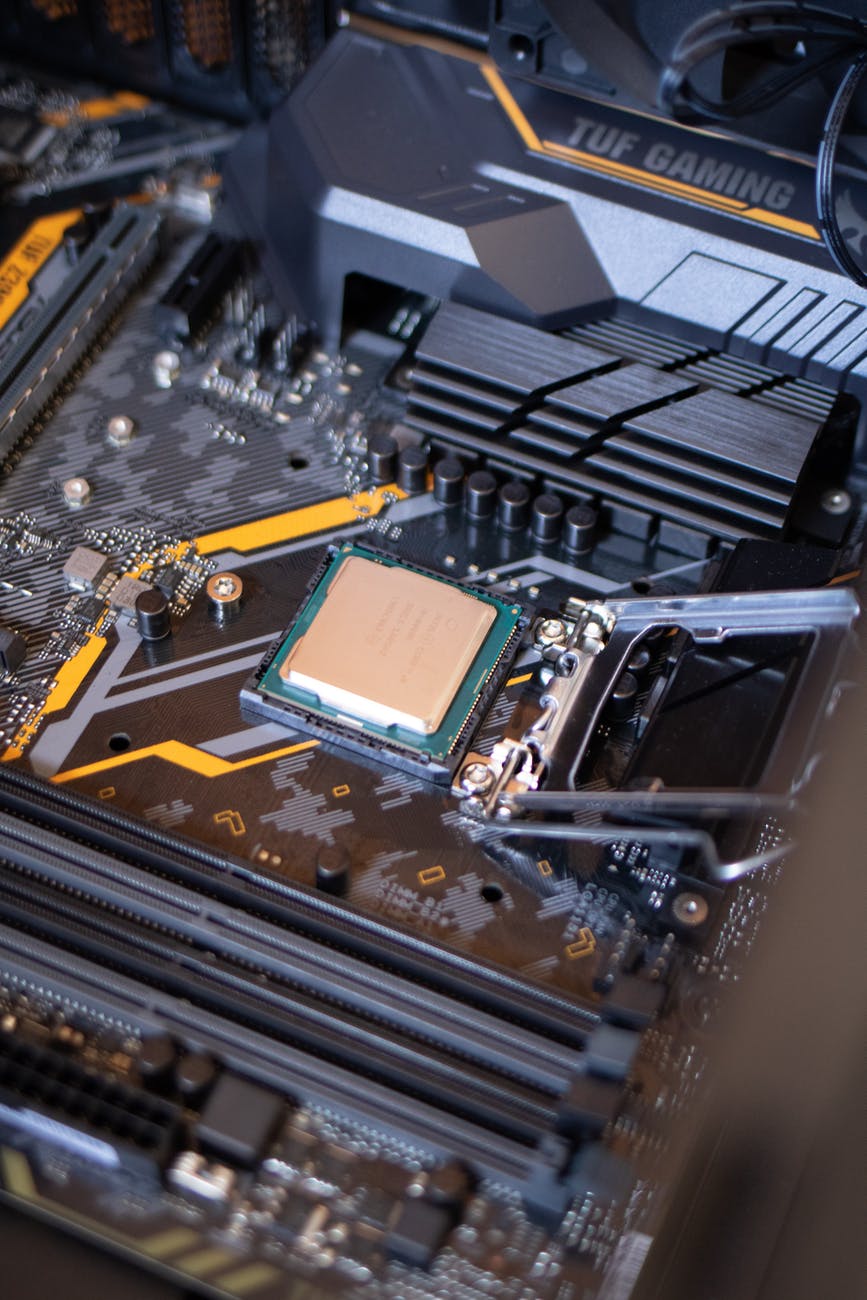Procurement executives concerned about digital innovation
Manufacturers are using digital advancements to battle current supply chain disruptions.
Almost all (97%) of those surveyed said they had significant disruptions in their direct materials supply chain.
67% said they were not confident that the technology can cope with the current or near-future challenges.
The most significant technology disadvantages seem to come with lack of visibility into supplier, ‘disjointed’ source-to-pay process with multiple systems, and a lack of spend reporting.
Even more (87%) said modernising the manufacturing procurement and supply chain takes precedence, and it is their biggest challenge yet. A further 92% said avoiding disruptions to their supply chain is their main goal for this year.
The main issues
Among the main concerns for modernising the supply chain are potential disruptions during implementation, skills shortages, and scale and challenge of change management.
Around half of those surveyed (44%) predicted that the supply chain crisis would begin to calm by 2023. Significantly less (18%) thought it would reduce by the end of this year.
The study surveyed 233 senior procurement executives from US and UK manufacturing companies. It was commissioned by Ivalua, a spend management cloud provider.
See the original press release from Ivalua here.
Analysis
While Covid-19 was seen as a factor in the supply chain instability, it was not the only culprit. Global supply chains had already been in a vulnerable position, partly due to factors like too much outsourcing and an overreliance on ‘just-in-time’ supply management.
What some are calling ‘outdated technologies’ are slowly being replaced in Industry 4.0. However, the implementation of tech like IoT, AI, machine learning and cloud computing is not a quick process.
The issue may be that this transition period would only further add to the current shortages rather than solving them in the short-term. Most companies are being deterred by this potential loss, and have been avoiding the change for as long as possible.
Whenever digital innovation comes, it will be a gradual and time-consuming process, but businesses will be better off for it.



